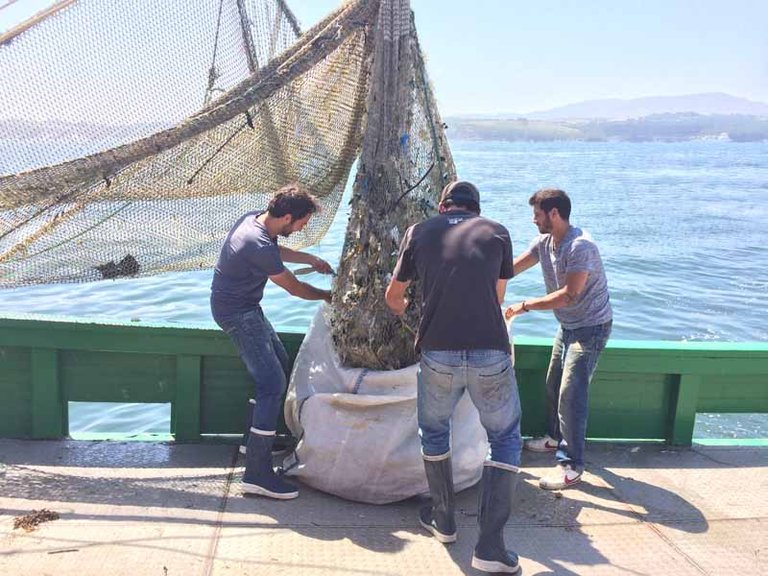The Gulf of Bizkaia is a "blind alley" for microplastics

The AZTI technology center has led a study to determine the spatial distribution of plastics in the waters of the Gulf of Bizkaia, with the aim of contributing to the search for solutions to this global problem.
In fact, plastics are the main threat between seabed, according to the European Union and other bodies. Not only because of its environmental impact, but also because of its negative economic impact on coastal regions.
To learn about the situation in the Gulf of Bizkaia, the AZTI technology centre has been working for four years to define the spatial distribution of seabed in the Gulf, and has investigated areas such as microplastics analysis, the study of river media, floating waste, the production of waste by sector, biodegradation processes and aquaculture and fisheries.
The results show that the Bay of Biscay is a “dead end” for microplastics. In fact, microplastics account for 93% (28% by weight) of the plastic in the samples analysed, mesoplastics 7% (26%) and macroplastics 1% (46%).
The average abundance of plastic found was 739,395 and 2,625,271 pieces of plastic per km 2 (equivalent to 998 and 4338 grams per km 2) and 232,227 elements per cm 2.
In addition, data indicate that there are more plastics in French waters, five times more than on the Spanish coast. “This study reveals that the waters of the south-east coast of the Bay of Biscay are a hot point for plastic collection, with levels similar to those of the Mediterranean Sea or other areas where garbage is added,” explains Oihane Cabezas, a marine trash specialist at AZTI.
The research, led by scientists from AZTI, has been attended by specialists from the University Institute of Marine Research of Cádiz (INMAR) and the University of Siena (Italy). For its part, the study was co-operated by Miren Argia and Itsas Belhara.
Buletina
Bidali zure helbide elektronikoa eta jaso asteroko buletina zure sarrera-ontzian











